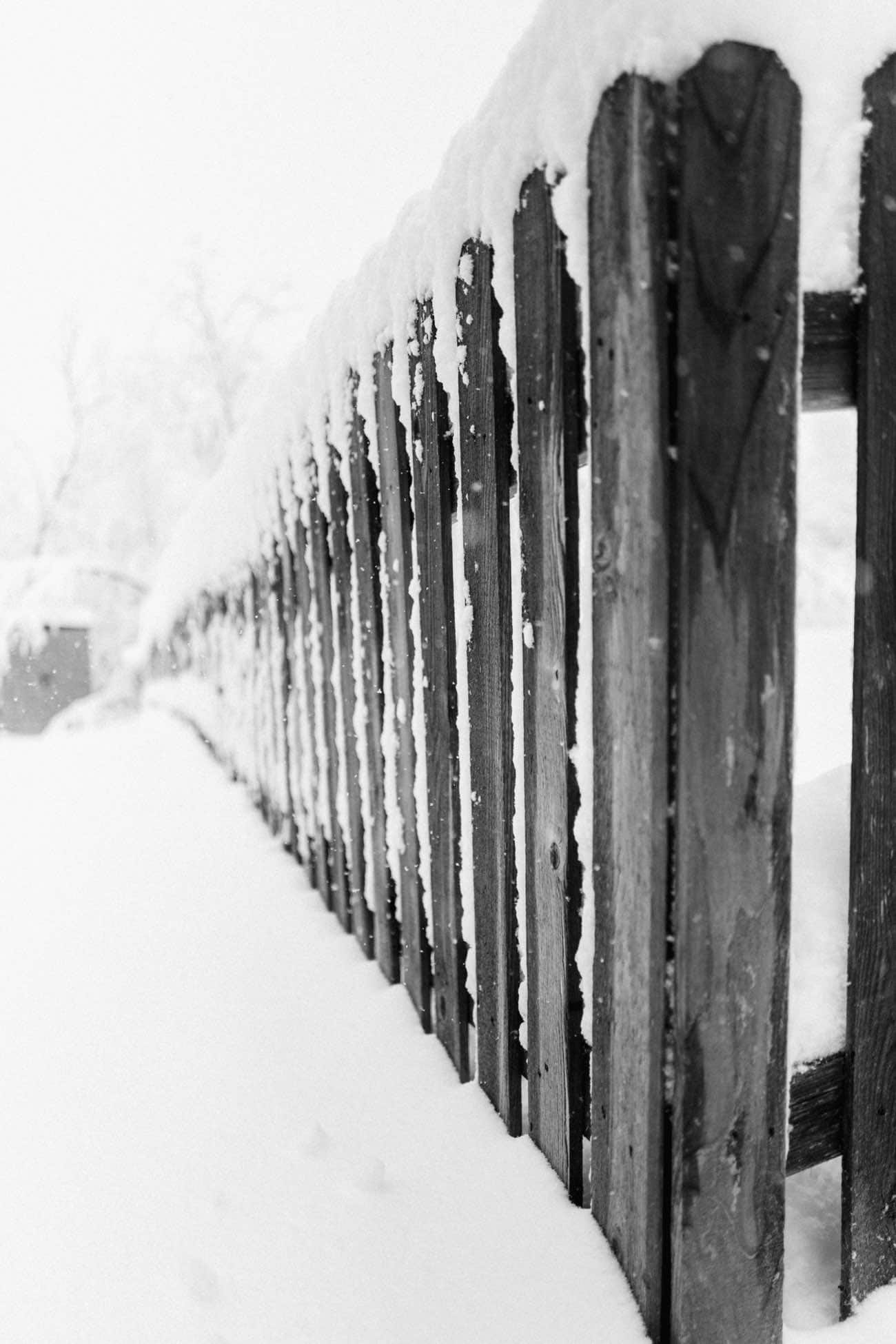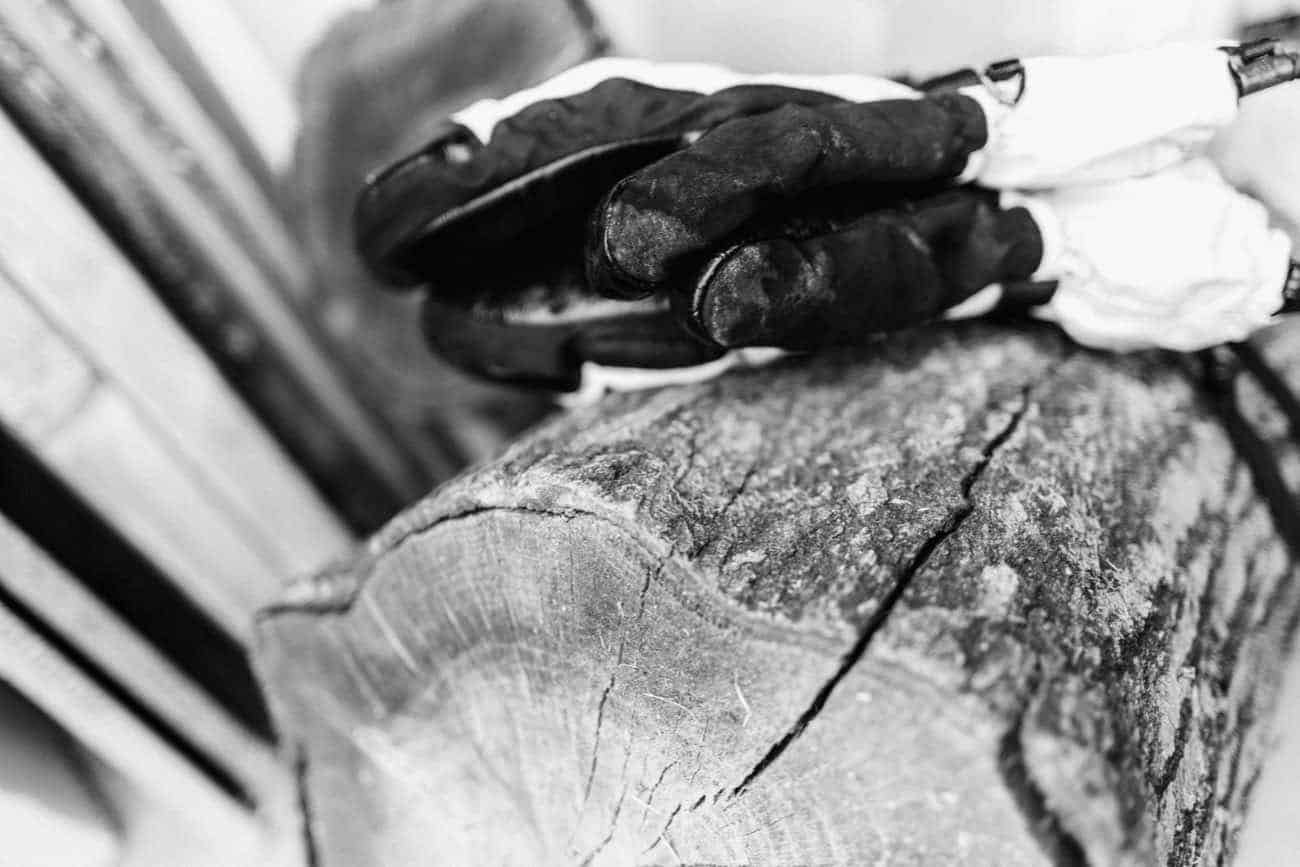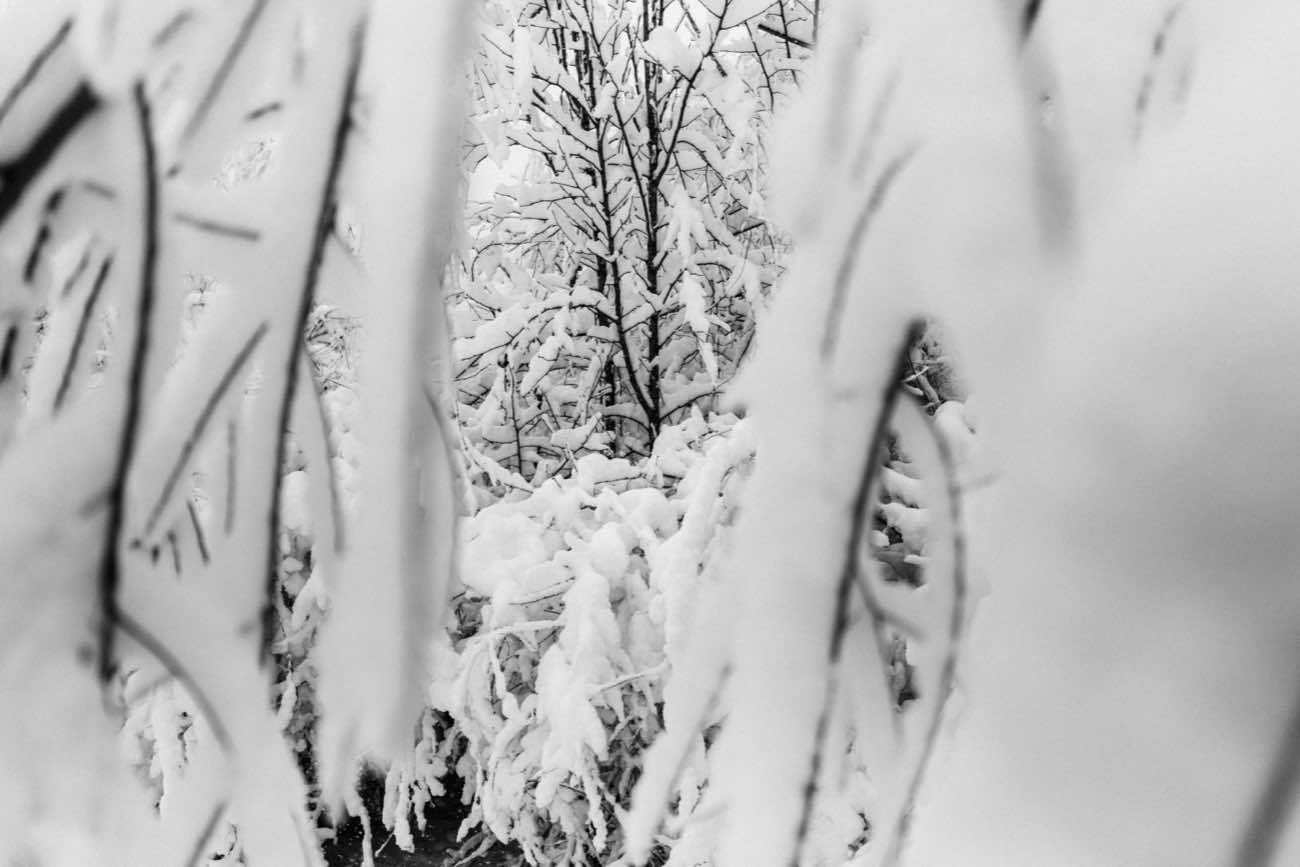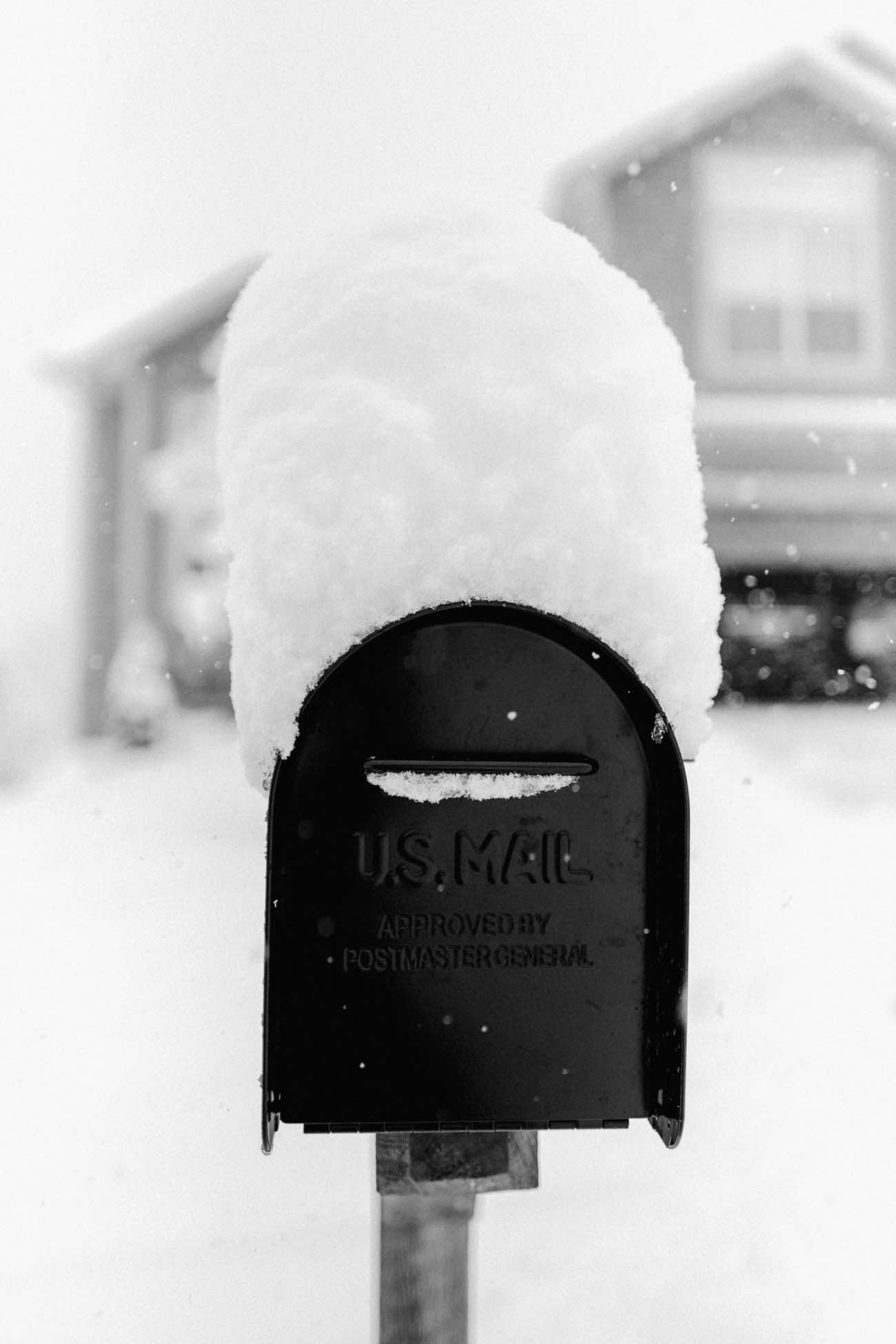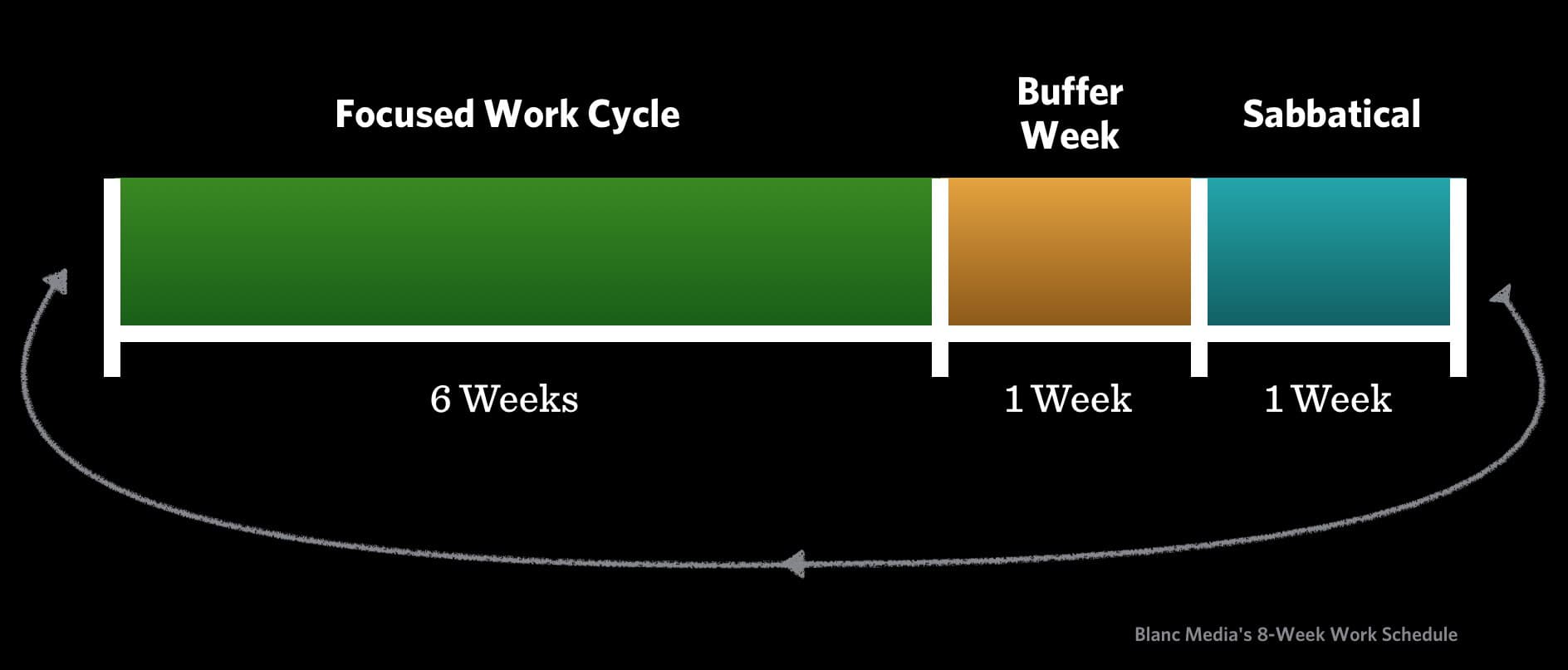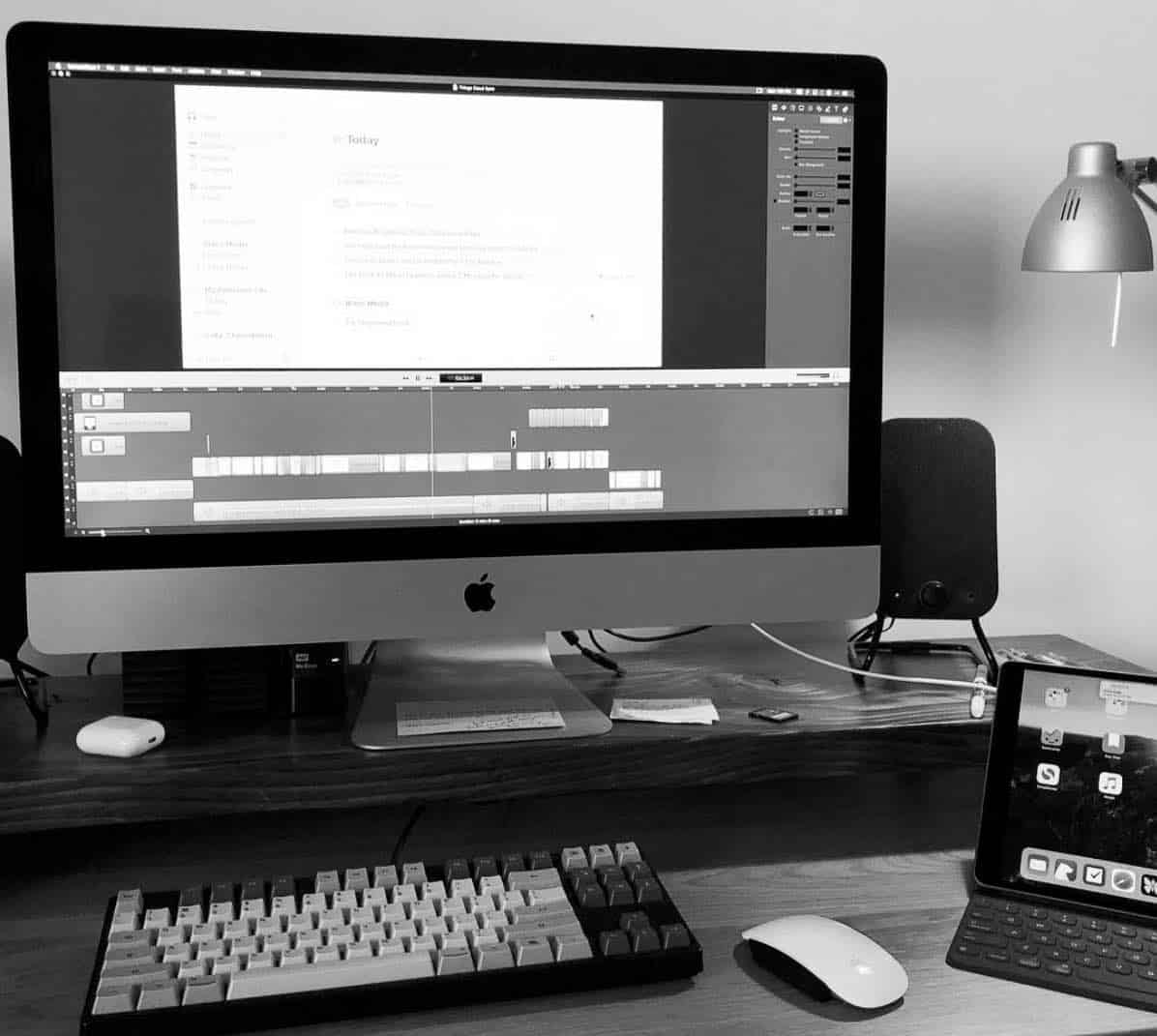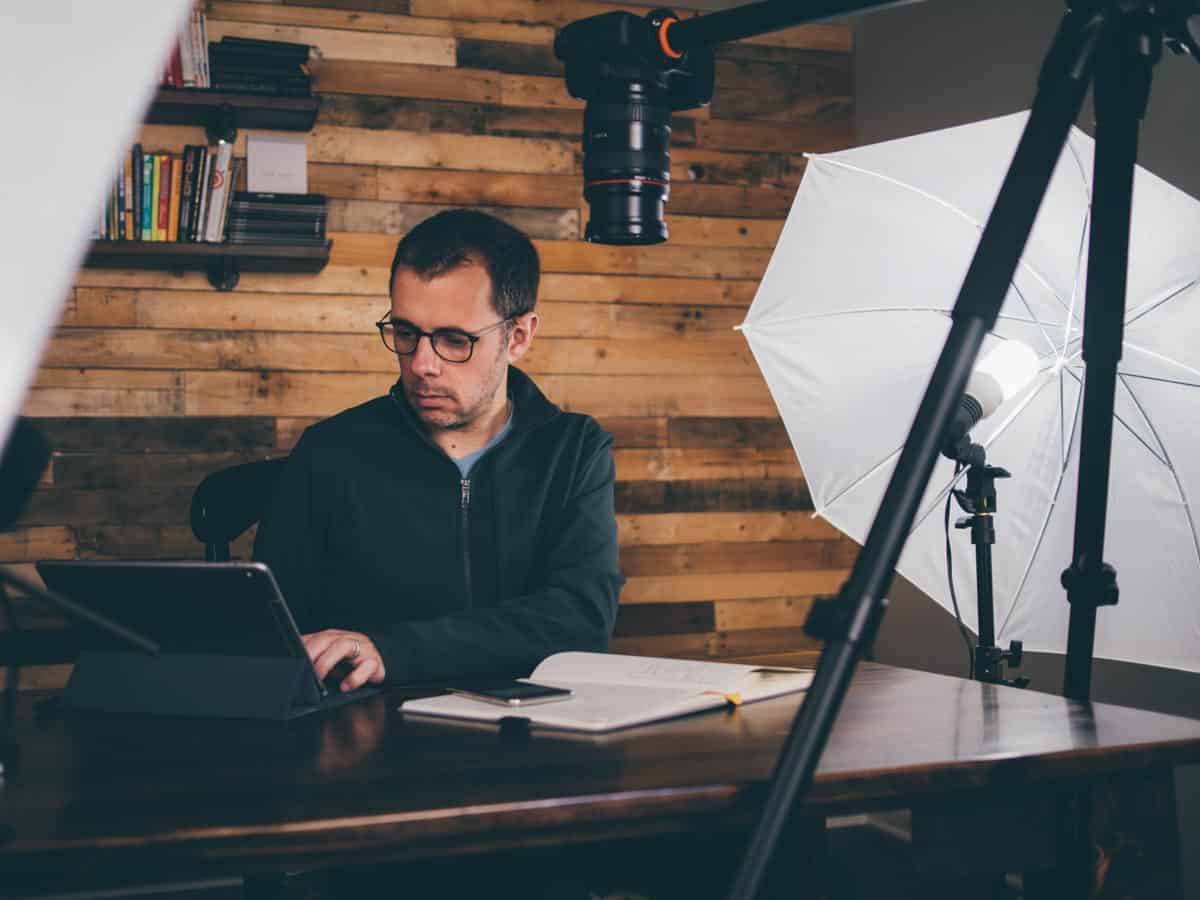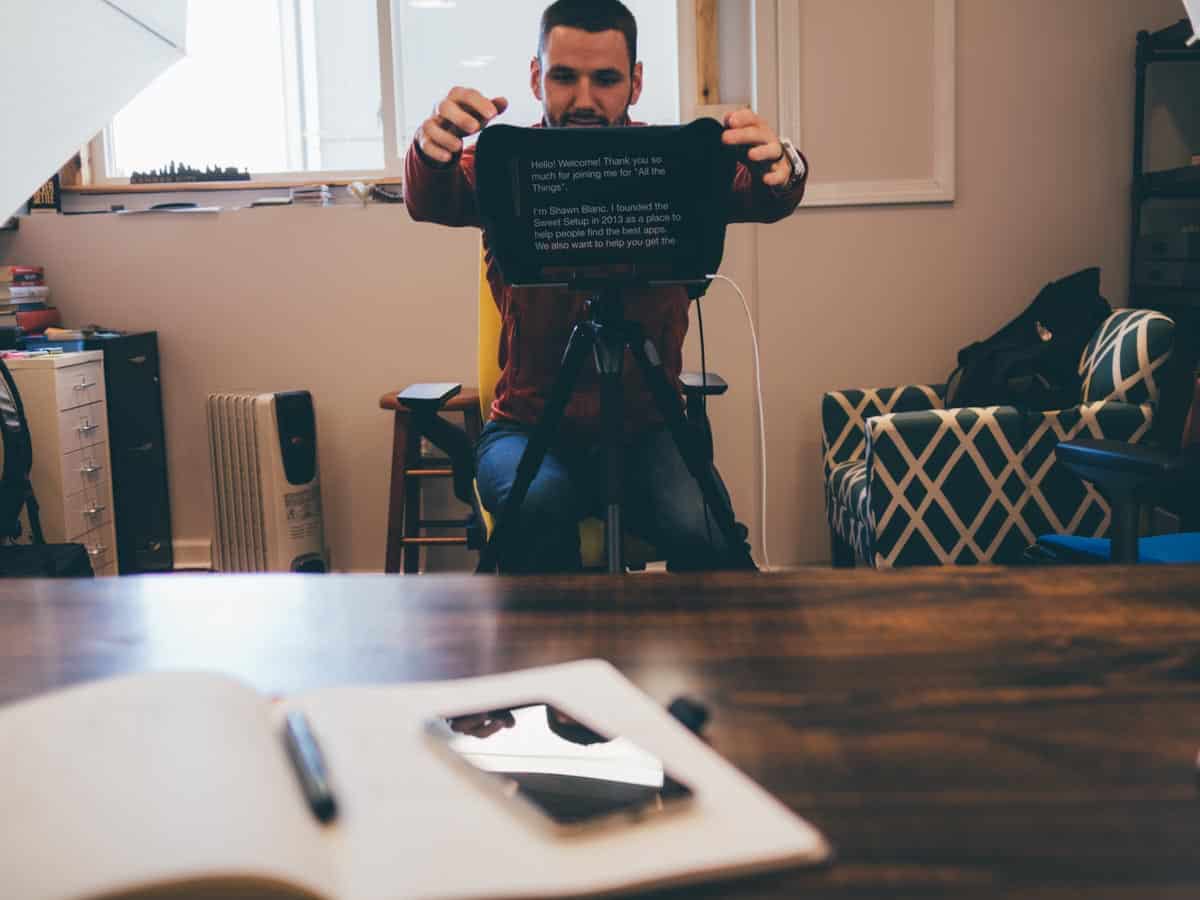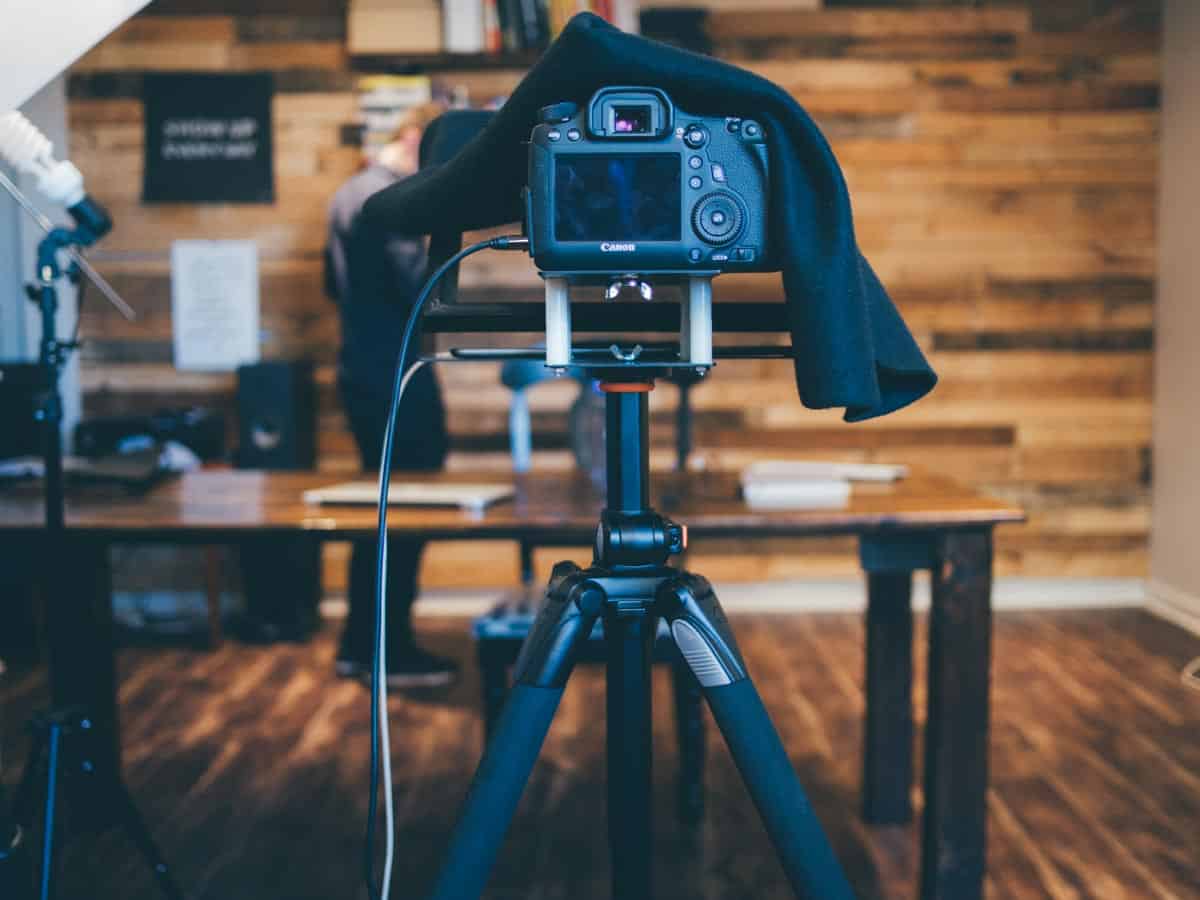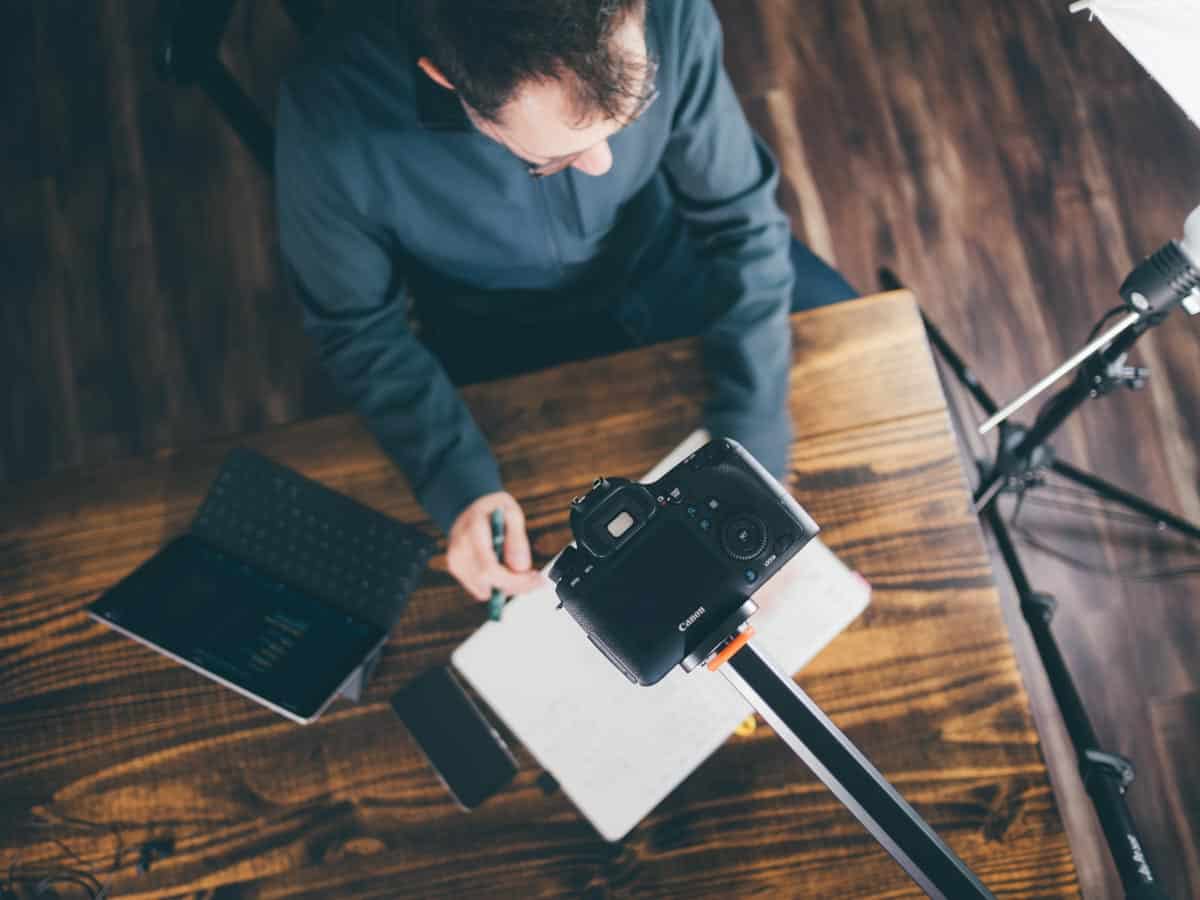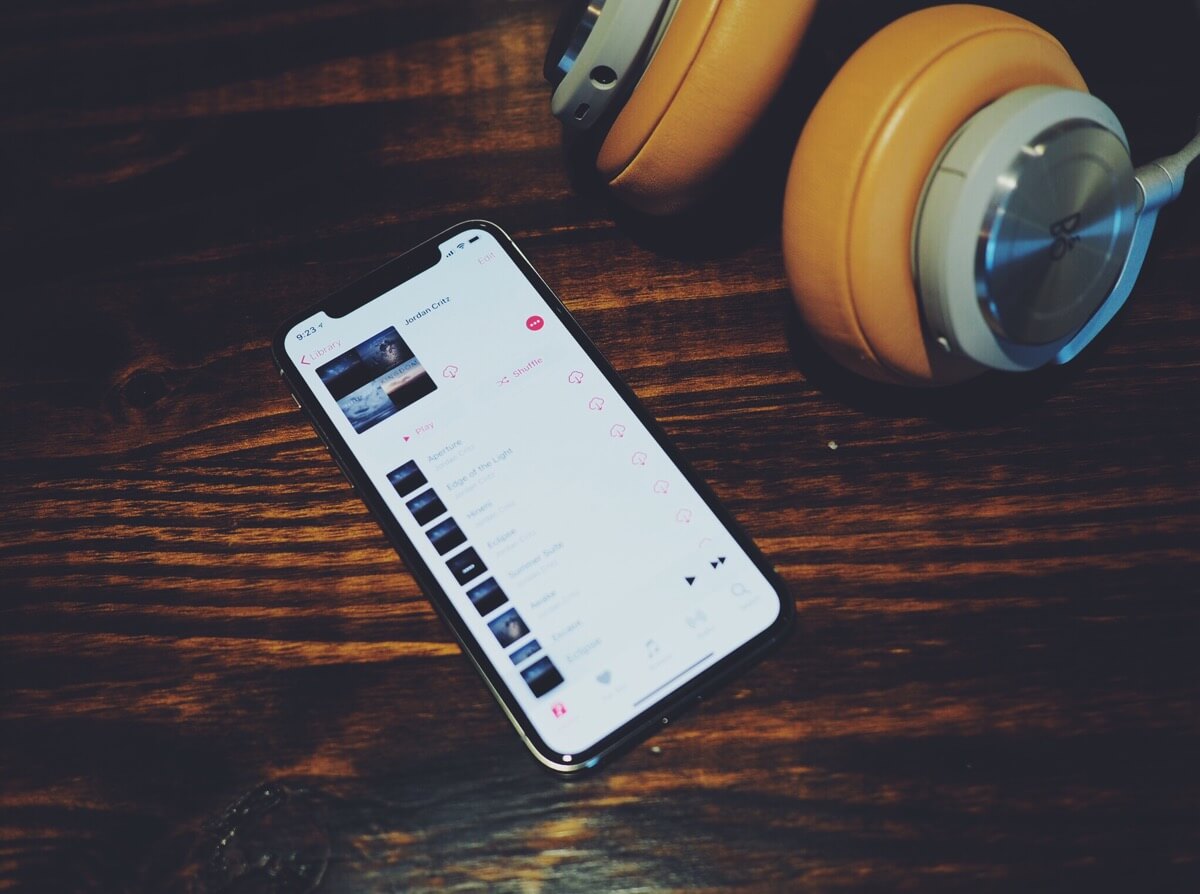This morning I was tidying up the books on my dresser and realized I had about 8 different books related to finances that I’d recently been studying. And that got me thinking about my general approach to learning new things and taking action on them.
Thus, here are some unordered thoughts on how I keep a pattern of learning new things and then applying those to my life.
Follow Rabbit Trails
Yesterday I was in the car listening to a podcast about budgeting (because YOLO). In the podcast episode, the guy mentioned a book he likes regarding finances. And so, as soon as I got home I bought the book on Amazon.
When there is someone whose lifestyle and/or opinions you respect around a specific topic, and they mention a source of inspiration, then follow that trail. Some of the most impactful books I’ve read were discovered thanks to the casual mention of them by someone whom I respect.
Also, when you are reading a book, what are the books the author mentions?
Because I always try to follow these rabbit trails, I end up buying way more books than I read. And, most books that I buy, I don’t read cover to cover. I aim to seek out the key ideas and areas of interest. If the book pulls me in, then I gladly read it. But if not, who cares? There are many, many more books out there to dive into.
Follow the Inspiration
I’m a huge fan of just-in-time learning. When I get interested in a topic, or when I have a specific need in my business, then I dive in as much as possible. I don’t (usually) force myself to learn things I’m not interested in or motivated to learn about.
Intrinsic motivation is an excellent way to learn new things quickly. When you are hungry to learn then you are naturally seeking out the information.
Also, this means I am usually only diving into on one or two issues at a time. Thus, it allows for more immersion on a topic. And when you’re immersed in something, you’re able to pick it up quicker, connect more dots, and more quickly translate your new information into working knowledge.
Make Learning a “Habit”
This may seem contradictory to what I just said, but I also make sure that learning is a part of my regular life. My normal day-to-day routine includes time for reading, study, and note taking.
For example, my morning routine involves personal reading and study. And whenever I’m in the car I have an audiobook or podcast going.
Now, there have been times when I’m just not all that motivated to read because I’d much rather binge watch a show on Netflix. Sometimes I’ll tell myself I have to read for 15 minutes before I start a show. This way I keep the habit of reading active even when I’m not into it.
Buy Physical Books
It is far easier for me to take in new information when it’s in a physical book compared to digital. While there are a lot of conveniences about digital, for me, it’s easier to focus with a physical book. Moreover, it’s also far easier for me to take notes and refer back to my ideas, takeaways, and etc.
I also find that having a physical pile of books is more inviting compared a digital shelf or list on my iPad or Kindle. With physical books you can pick them up and hold them, thumb through the pages, scan the chapter titles, and then start reading the one that grabs your attention.
Take Notes (and Review Them)
Just taking in new material (reading it, listening to it) is not enough. I will lose most of that information if I don’t write down notes.
It’s critical for me to write down ideas, takeaways, highlights, quick wins, action items, and more. This is something I have to make myself do. Because in the moment as I’m reading a book or listening to a podcast, when I come across something exciting I always feel like I’ve got it.
But the details and takeaways will get forgotten if I don’t write them down.
Almost all of my notes I put into Ulysses. If there is a specific project I am researching for, then that project gets its own folder; if it’s just general notes on a topic then my notes go into a single document in my general, simple notes folder.
Take Action
As Herbert Spencer said, the great aim of education is not knowledge, but action.
What good is all of that learning if I’m not going to use it to improve my life and the lives of those around me?
By learning about investing, saving, and budgeting then I can improve how I manage the finances of my business and my home.
Or by learning about how my CJ-7 works, I can better troubleshoot its issues and work on it in my garage with confidence.
To be candid, when it comes to taking I have two propensities that are wont to hold me back:
- I have a knack for researching something to death, and never letting myself get to the point of taking action. I’ll just keep doing a little bit more research, and a little bit more. Always wanting just a bit more information before making a decision about something and taking action.
- My other propensity is to live vicariously through my research. Basically, I will feel that by learning about something is the same as actually doing it. It’s one thing to read a lot of books on how to invest my money, but that head knowledge alone does not make me an investor. I have to actually put my money into an investment account.
Therefore, when it comes to taking action, there are two pieces of advice that have helped me to overcome my above obstacles.
Journal About It
In addition to taking notes and taking action, I also find that it’s helpful to journal through the process of learning and applying something new. (I write all of this in Day One, of course.)
Why am I motivated to learn this information? What am I doing about it? How’s it going? What are the results I’m getting? Etc.
It can be helpful to just write down answers to some of these questions. Moreover, it’s giving advice to your future self. Seasons of life are cyclical. And during a time of learning something new and implementing it, write down your motivations and worries and lessons learned. Your why and your what will serve as guidance some day in the future as you wrestle through related issues again.
Teach What You Know
When you learn something new, share it with others. In fact, if you’ve just learned something new and applied it to your life, you have some real-world wisdom that is very fresh and relevant.
If you have a newborn at home, the best person to ask for advice is someone with a toddler or two because they are fresh at just having figured out how to raise a little baby and survive. Don’t ask someone who’s kids are out of the house — they’re too far removed from what life is like with a newborn.
When I am interested in a topic — for whatever reason — I try to immerse myself in books, podcasts, and online forums. I take notes, write down takeaways and ideas and action items. Then I make sure that all of that information is leading to something so I can take action on it.
We’re grown ups. We don’t have to go to school anymore. So learning should be exciting and exhilarating. Don’t learn something because you feel guilty and think you should — learn it because you want to.
What are some of your approaches to learning new things? Hit me up on Twitter and let me know.
